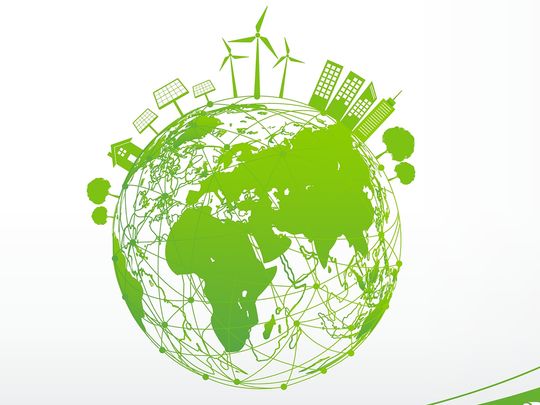
The ongoing Convention on Biological Diversity in Cali, Colombia (Oct. 21 to Nov. 1), highlights the world’s increasing dedication to sustainable development. This conference inspired the author to write this article before transitioning to the Conference of Parties on climate change.
“If we pollute the air, water and soil that keep us alive and well, and destroy the biodiversity that allows natural systems to function, no amount of money will save us,” David Suzuki, a Canadian environmental activist, stated.
As the threat to species and ecosystems increases, the extinction of species caused by human activities has risen alarmingly.
Fortunately, there’s a growing recognition that biological resources are vital to humanity’s economic and social development and a global asset of tremendous value to succeeding generations.
The 16th meeting of the Conference of the Parties (COP) to the Convention on Biological Diversity (CBD) being held in Cali, Colombia, South America (21 October — 01 November 2024), is focusing on the implementation efforts of the United Nations global agreement to halt and reverse the ongoing loss of biodiversity.
Inspired by the world’s growing commitment to sustainable development, CBD is a step forward in conserving biological diversity, the sustainable use of its components, and the fair and equitable sharing of benefits from using genetic resources.
The dawn of pledges
The CBD was opened for signature at the UN Conference on Environment and Development (Earth Summit) in Rio de Janeiro, Brazil, in 1992. It entered into force in 1993, ratified by 196 nations. Thus, 29 December was designated the International Day for Biological Diversity (IDBD).
The first session was held in 1994 in Nassau, the Bahamas.
However, sensing the difficulty many countries had in planning and carrying out suitable celebrations on that date (due to holidays around that time of the year), the UN General Assembly adopted 22 May as IDBD in 2000.
The pact with the governments committed to maintaining the ecological underpinnings, aligning with their economic development.
In 2000, it adopted a supplementary agreement — the Cartagena Protocol on Biosafety, which entered into force in 2003.
It sought to protect biological variability from the potential risks posed by living modified organisms (LMOs) resulting from modern biotechnology from one country to another.
The Protocol established an advance informed agreement (AIA) procedure to ensure that countries were provided the necessary information to make decisions before assenting to importing such organisms in their region.
Forming global kinship
CBD16 is the first meeting since the adoption of the Kunming-Montreal Global Biodiversity Framework (GBF) at CBD15 held in 2022 in Montreal, Canada.
It supports the achievements of the Sustainable Development Goals (SDGs) and builds on the Convention’s previous strategic plans. The agenda was to fulfil the vision of a world living in harmony with nature by 2050. Among the Framework’s key elements are 23 targets for 2030 and four goals for 2050.
The package includes an enhanced mechanism for planning, monitoring, reporting and reviewing implementation, necessary financial resources, strategic structure for capacity development, technical and scientific cooperation, and agreement on digital sequence information on genetic resources.
By consenting to the GBF, the nations committed to setting national targets, which are being accounted for in the present Convention.
The parties have been tasked with reviewing the execution of the GBF and their alignment with the National Biodiversity Strategies and Action Plans (NBSAPs).
Setting the stage
The objectives of the Convention are:
a) Global coordination — Providing a platform for countries to coordinate their efforts in conserving, biodiversity and ensuring sustainable use of natural resources.
b) Policy development — Evolve and adapt international policies and infrastructure such as the GBF.
c) Monitoring and accountability — The progress of biodiversity conservation efforts should be monitored and Parties should be held responsible for their commitments.
d) Resource mobilisation — Holding discussions on financial mechanisms to support the initiatives.
e) Engagement with stakeholders — Involve indigenous communities, NGOs, and the private sector, ensuring a comprehensive approach to biodiversity conservation.
While working in agreement with the charters and principles related to environmental policies, it’s pertinent to remember that the biodiversity we see today is the fruit of billions of years of evolution, shaped by natural processes and forming the web of life. Therefore, taking care of it must become integral to our lives.
As Frans Lanting, Dutch wildlife photographer and conservationist remarked, “Biodiversity starts in the distant past and points toward the future.”
Dr Abdullah Belhaif Al Nuaimi is Chairman of the Advisory Council of the Emirate of Sharjah






_resources1_16a45059ca3_small.jpg)

